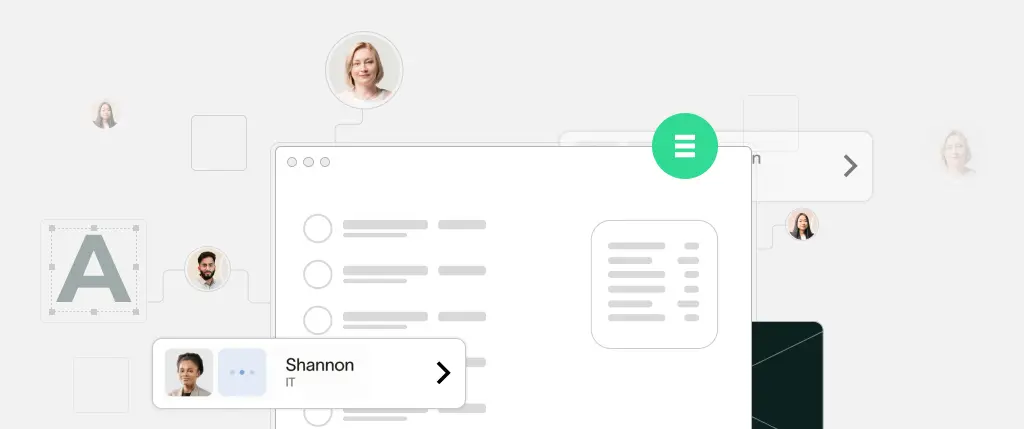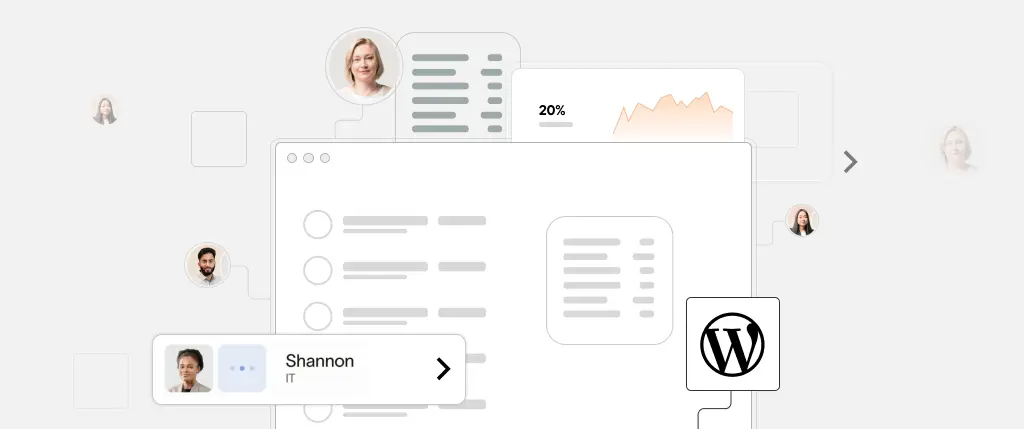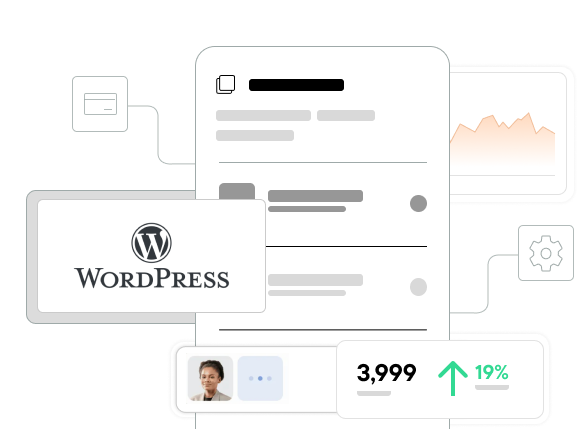WordPress RTL localization is a crucial step in building websites that serve global users – especially those reading and writing in right-to-left languages like Arabic, Hebrew, Persian, or Urdu. Combined with the unique demands of complex scripts like Thai, Hindi, or Burmese, localization becomes more than just text translation – it’s about mirroring interfaces, loading proper fonts, and ensuring accessibility.
With WordPress powering over 40% of the web, mastering RTL and complex script localization is essential for agencies, developers, and site owners who want to expand into new markets.
This guide will show you how to properly localize a WordPress site for RTL and complex-script languages, using proven tools, layout techniques, and internationalization workflows.
What Are RTL Languages and Complex Scripts?
Languages like Arabic or Hebrew are right-to-left (RTL) – text flows from right to left, and page layout must mirror accordingly. Meanwhile, complex scripts like Hindi (Devanagari), Thai, or Khmer involve contextual rendering, ligatures, and special font handling.
Key challenges include:
- Proper Unicode (UTF-8) encoding
- Mirrored page layout and UI alignment
- Font support for character combinations
- Form fields and input handling
- Responsive behavior for mixed LTR/RTL content
Why WordPress RTL Localization Matters
✅ Accessibility: Enables non-Latin speakers to use your site
✅ SEO: Localized content boosts rankings in native-language search engines
✅ User Experience: Layout and language direction match cultural expectations
✅ Professionalism: Reflects care and investment in local users
✅ Compliance: Required for working with governments or international partners
For further insights, check the WordPress Polyglots Handbook.
Working with Language Packs and Translation Files
WordPress uses the gettext system, with .po and .mo files that store translations.
.po: Editable with tools like Poedit.mo: Machine-readable version used by WordPress
These files usually live in /wp-content/languages/.
You can generate .pot files for themes/plugins using WP-CLI:
wp i18n make-pot . languages/mytheme.potFor plugin localization, tools like Loco Translate or WPML can simplify the process.
Implementing RTL Styles and Layouts
When a language with RTL direction is active, WordPress will automatically enqueue a style-rtl.css file – if your theme provides one.
Sample: Load RTL Styles Conditionally
function mytheme_enqueue_styles() {
wp_enqueue_style('main-style', get_stylesheet_uri());
if (is_rtl()) {
wp_enqueue_style('main-rtl', get_template_directory_uri() . '/style-rtl.css');
}
}
add_action('wp_enqueue_scripts', 'mytheme_enqueue_styles');Your style-rtl.css might include:
body {
direction: rtl;
text-align: right;
}
.nav {
float: right;
}You can auto-generate RTL versions using RTLCSS.
Handling Complex Scripts
Complex scripts like Thai or Hindi may require special attention to fonts, spacing, and rendering.
Best practices include:
- Use scalable units (e.g.,
rem,em) for font sizes - Load web fonts with native script support: Google Fonts – Noto, Tajawal, Cairo
- Add input helpers if users need native keyboards or overlays
Ensure your HTML includes:
<meta charset="UTF-8">Translating Themes and Plugins
Use gettext-compatible functions like:
_e('Read more', 'mytheme');Ensure the text domain is declared in your theme’s style.css:
/*
Theme Name: My RTL Theme
Text Domain: mytheme
*/Best Practices for WordPress RTL Localization
✅ Use the WordPress RTL Tester Plugin
Quickly switch your admin interface to RTL mode for testing.
📐 Typography and Font Loading
- Choose fonts with full RTL and complex script support (Noto, Cairo, Tahoma)
- Use
font-display: swapfor better performance - Avoid icons that flip directionally (e.g., chevrons)
📱 Mobile Responsiveness
- Use
flexboxorgridwith direction-awareness (row-reverse) - Avoid hardcoded widths or
float-based layouts
🔄 JavaScript Direction Detection
if (document.dir === 'rtl') {
// Apply RTL-specific behavior
}Use this to adjust animations or UI logic.
🛠️ Automate with WP-CLI
Install RTL language packs via command line:
wp language core install ar
wp language plugin install woocommerce arConclusion
Mastering WordPress RTL localization is key to reaching international audiences with professionalism and precision. Whether you’re building an Arabic eCommerce site, a Thai-language blog, or a multilingual LMS, proper RTL and script support improves usability, engagement, and global SEO.
By implementing the techniques covered here—language files, RTL stylesheets, proper fonts, and testing tools—you’ll be ready to build WordPress sites that feel native, regardless of script or direction.
How Sitebox Helps
Sitebox accelerates your internationalization process:
- 🗺️ Multilingual and RTL support out of the box
- 🧩 Auto-detects locale and enqueues correct assets
- 🔄 Built-in translator sync via GitHub or WPML
- 📐 Auto-generates RTL styles with RTLCSS
👉 Try Sitebox for RTL WordPress localization
Localize smarter. Scale globally.




